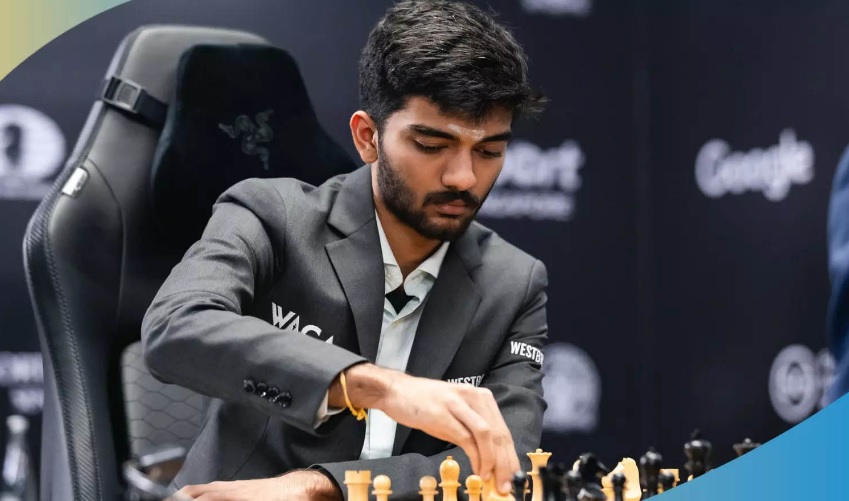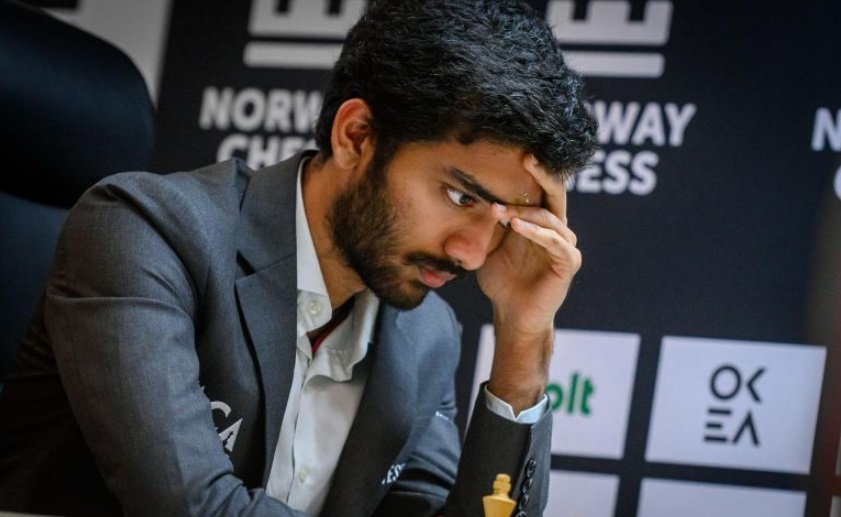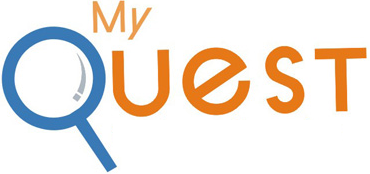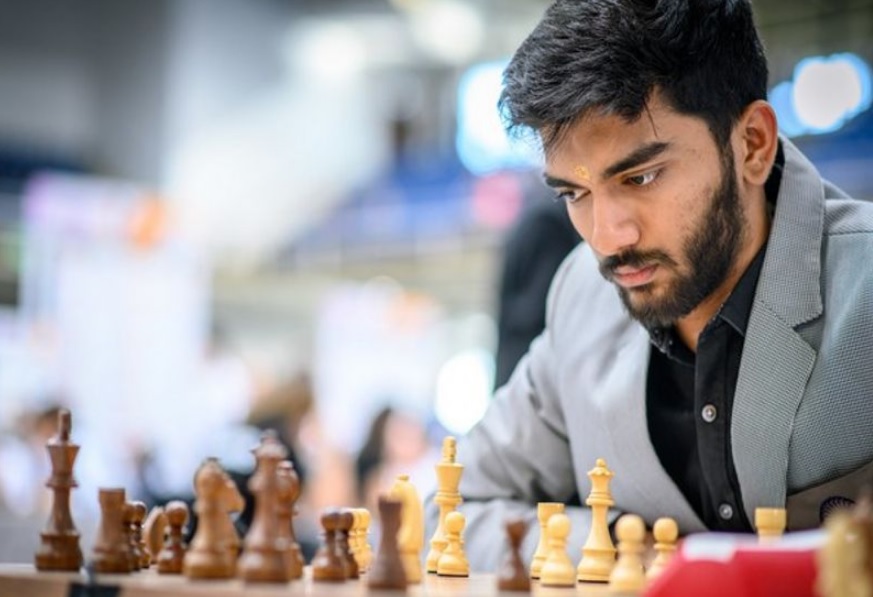
Gukesh-Magnus showdown a major attraction, says Norway Chess founder, hints in India for his next move
The World number one slamming the board and losing to the one player the Norwegian thought he would not lose to has led to a lot of social media buzz around Norway Chess.
India is a key market, and we’re in talks to bring the tournament there, said Kjell Madland, the Founder and Director of Norway Chess. He was amazed by the excitement surrounding the recent match between D Gukesh and Magnus Carlsen.
Indian Grandmaster Gukesh’s maiden victory over Carlsen — widely regarded as the most dominant player of the modern era — sparked massive fan interest and sent Norway Chess’ social media numbers soaring.
Four of the tournament’s videos have already crossed 1 million views on Facebook, while nine videos have gone viral, with one video hitting more than 30 million views. On social media platform X, two videos have gone viral, with one video hitting more than 9 million impressions. On TikTok, four videos have gone viral, with one video hitting more than 14 million views.
Gukesh vs Magnus
The World Number One slamming the board and losing to the one player people least expected has created a big buzz on social media about Norway Chess.
“Gukesh won for the first time against Magnus and that’s a huge thing. Also, the reaction of Magnus. You can see how important it is for both of them. People like to see such moments. The final moments of the match (played on June 1) I think have recorded 32 million views or more and it’s growing very fast. For the end moments of the match after the finals, that video clipping got interest from many TV stations. It is not so often that many TV stations want to show something from a chess tournament. The tournament is heating up. Gukesh is in the top three now,” Madland said.
The tournament’s reach on Facebook this year has gone up to 6.1 million from 1.7 million last year, with 246,000 interactions, up from 190,000 in 2024.
On X, the tournament has recorded 14 million impressions, up from 2.8 million in 2024.
Its YouTube subscriber base currently stands at over 3,800 subscribers, with 2.3 million views, 219,000 new viewers and 122,000 returning viewers. It sees 82,000 hours of watch time.
Norway Chess last year recorded overall views of 225 million on social media, and a lot of them came from India, Madland said, who considers India a big market.
Eyes on India
“India is a big market and there is a lot of interest in chess in India. We are thinking a lot about coming to India. We had some meetings in April in the country. If we find good organisers and good companies to collaborate with, and if there are some sponsors in India who are interested to have a cooperation with us, we are more than glad to do something in India. We hope we will do that soon,” the tournament head said.
Smart chess board brand Square Off, founded in 2016 by Aatur Mehta and Bhavya Gohil, was one of the sponsors of the tournament a couple of years back, Madland pointed out.
“We hope to get some more sponsors because there is more chess coverage in India.”
He wants to tap into the growing popularity of chess in India.
“There are so many people from India watching Norway Chess. We tied up with Sony India last year to broadcast and stream the tournament. We have continued the partnership this year too,” he added.
Madland, highlighting the growing interest in Norway Chess, said that there are many journalists from India covering the event, with seven different publications at the tournament’s venue.
Women in Chess
Another thing the founder is focusing on is the rising interest in chess among women. He launched a women-only tournament last year, which is continuing this year and includes big names like Koneru Humpy and Vaishali R. What makes this edition special is that the prize money is the same for both men and women—165,000 euros in total, with the winner taking home around 65,000 to 70,000 euros.
“There is a big difference in prize money for men and women players in chess. There are more men playing chess and sometimes in the top 100 you will see only one woman. So, it’s important to show that it’s possible for women to get good prize money and have good tournaments along with TV and digital coverage. If there are more women playing chess, it will be good for the sport with higher participation from them.”
The pay disparity is significant, Madland said, with women chess players getting anywhere between 25 to 50 percent of the prize money men chess players get.
“The problem is also that there are not so many good tournaments for women. And the prize money is important because it gets media coverage, which then showcases the talent of these female chess players. We hope other tournaments will offer equal prize money to women players. If they do, there will be a lot more women who would want to take up chess as a full-time career.”

Sponsor pool
Building the tournament, Madland is also looking to expand the sponsor pool, which he says is small and the market is tough for a sport like chess. The tournament this year has six to seven new sponsors. Some of their partners include Bolt, SpareBank, HTH, EY, among others.
“Hopefully we will have more sponsors for the 2026 edition because we are doing a lot on TV and social media to reach new people.”
Madland, since the beginning of Norway Chess, has commercialised the sport, and an important aspect of this was time control to make it an interesting game for TV and digital viewers.
Growing interest
“For TV, we were thinking how to make the tournament interesting for viewers. We came up with time control. It’s easier for broadcasters to plan the coverage of Norway Chess unlike classical games when TV stations don’t know if the game will go on for three or seven hours. Also, there are a lot of draws in chess because the players are so strong. But when we had the time control, we got more victories. Before we started with time control, about 85 percent of the games ended in a draw. After we brought time control, 50 percent of the games were a draw.
We also have an Armageddon game after the game is finished and if it ends in a draw. Audiences find draws boring,” he said.
An Armageddon game is played when a classical game is drawn. It starts within 20 minutes of the conclusion of the classical game.
In Norway Chess, each player gets 120 minutes to play, and starting from move 41, they also get an extra 10 seconds added to their clock for every move.
Upping the broadcast game, Madland said that they also have confession booths where the players talk to the audience when they are playing. “This is important because people (viewers) can understand what they (players) are thinking.”
While there is a long way to go, the Tournament Director said they also have come a long way.
“When we started this tournament, there was no interest in chess in Norway. Magnus Carlsen was a growing star but he was not the World Champion yet. It was very hard to get interested in a chess tournament. But we succeeded when from the second year we broadcast the tournament on national TV. Now, we have three different TV stations on site every day that broadcast 55 hours of content from the tournament. We also have the tournament being aired in about 20 countries,” Madland said.



